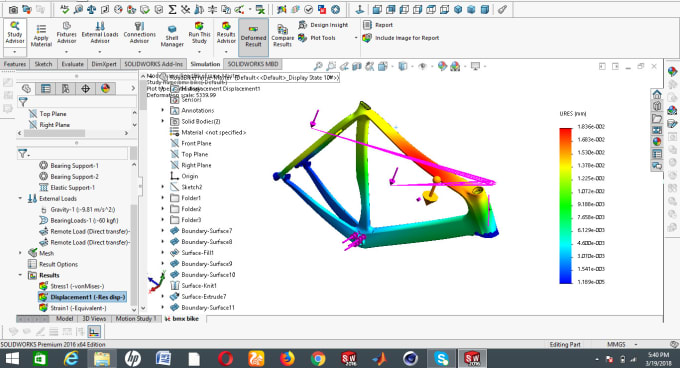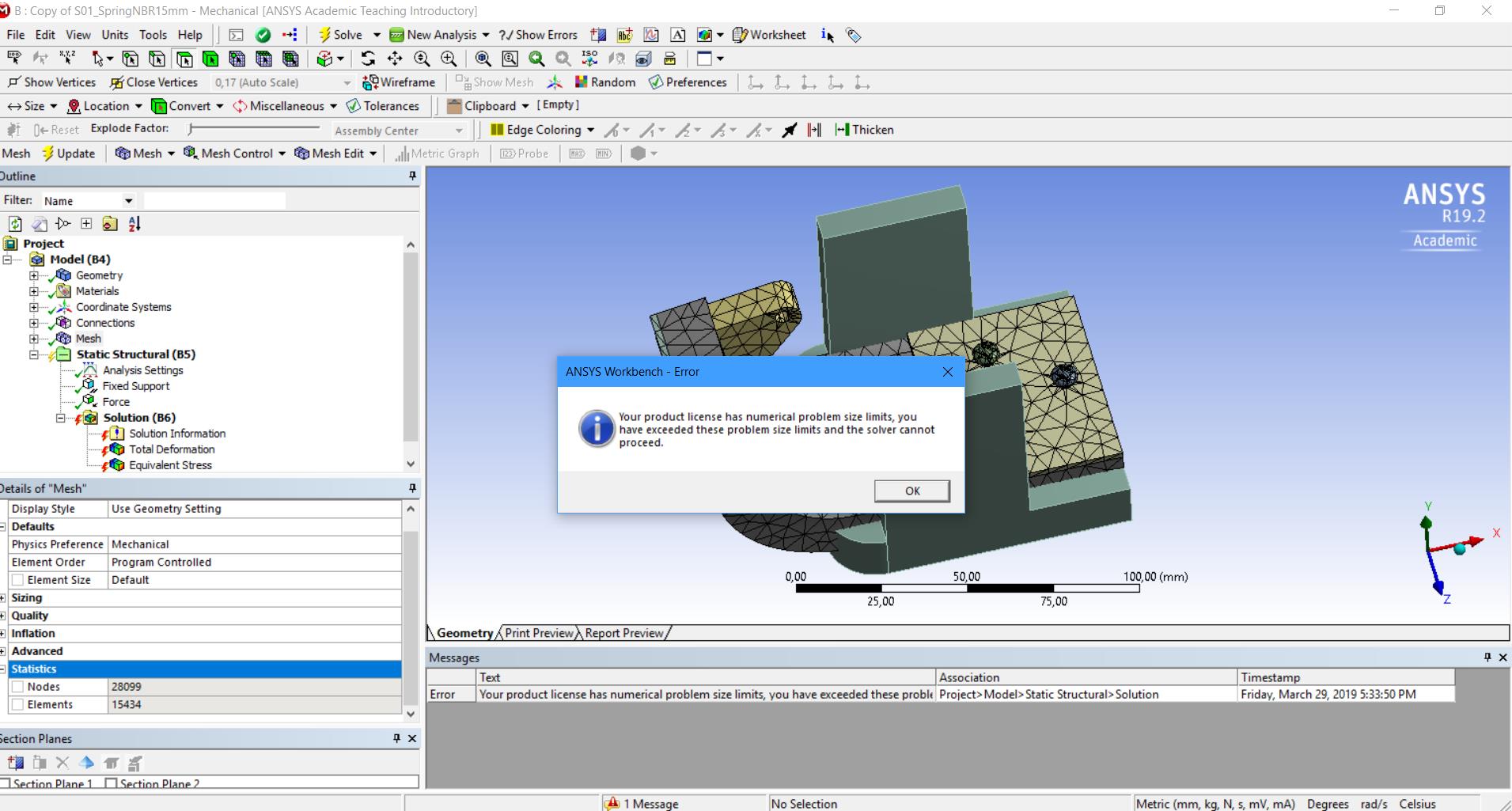

That are in contact with the Named selection are converted into components.

Any named selection that the user creates into ANSYS APDL is automatically converted into nodal components. In terms of ANSYS APDL language, these are termed as components and commands. Named selection is the group of entities such as the edges, vertices, and elements that are grouped so that the user can scope on them rather than selecting each function individually. The *GET command is known to save user time and energy to get what they require in a matter of few clicks.Īll the ANSYS Mechanical users are quite familiar with the section of Named selection. This command is a way to interrogate your model with all sorts of the useful information such as the largest Y value for node position, number of nodes, loads on a particular node and the information on results. *GET is one of the most useful and innovative command in the ANSYS APDL. The users usually go to this processor only when they require the name changing or changes to the file properties. FINISH – this command takes the users to the first level. This processor enables the users to change elements, create things, or modify the meshing according to the requirements. This command is seldom used as the users are already in this processor while working on their product. PREP7 – this command takes the users to the pre-processor. The post-processor allows the users to work with their results, makes graphical outputs, and do in-depth post-processing. POST1 – this command will take you to the post-processor. This is the most visited processor in product design and testing. This processor comprises of all the design modification and changes that need to be done to your geometry. SOLU – this command will take you into the solution processor. The following are the processor types and their respective commands. Regardless of where you are in the model tree of your project, if you need to go from your current processor to another processor, you just need to insert the proper set of commands to change the processors. If you create a command in your ANSYS APDL model, it will be performed directly into the pre-processor, solution processor, and in the post-processor. In the case where you input a preprocessor command when you are in the postprocessor section, the system will generate an error. The commands that the users use are at times dedicated to one processor only. In the past, there used to be more than ten processors, but now most of them have been undocumented. The APDL program has a total of ten processors.
Ansys apdl student version code#
The APDL code system has a number of different codes that the users can memorize to speed up and streamline their workflow. Writing simple codes in ANSYS APDL Five common ANSYS APDL commands users should know Using APDL instead of the modern user-interface is said to give the users more power and control over each step of their simulation. ANSYS APDL is a time-tested old-fashioned command-driven program that allows the user to input line by line codes one at a time and execute them on demand. It comprises of a wide array of different features such as matrix and vector operations, do-loop and if-then-else functions. APDL is commonly used to automate the task or even make a complete parametric model.

One of the most prominent design languages used by ANSYS is the APDL. Sohaib Alam What is ANSYS APDL and why it is still used today?ĪNSYS has several design languages that they incorporate for the vast number of simulation capabilities that ANSYS allows its users to have.


 0 kommentar(er)
0 kommentar(er)
